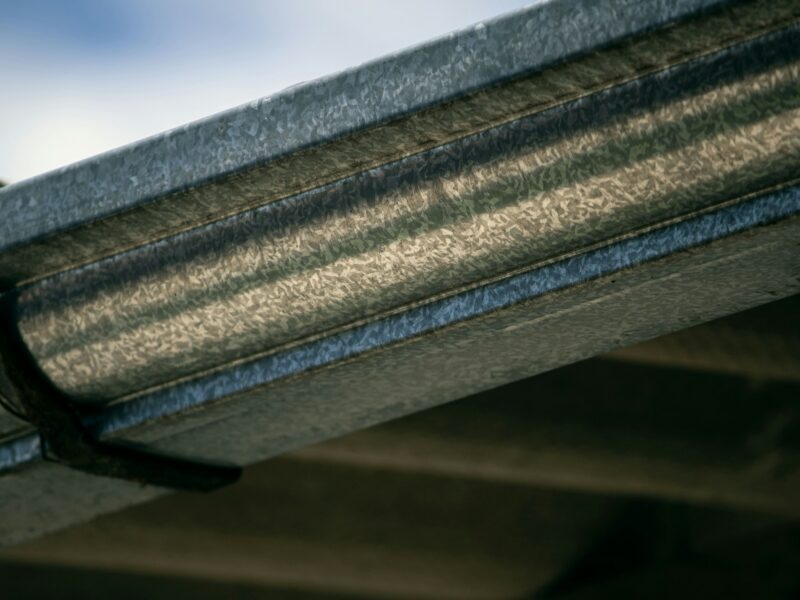Your home’s energy efficiency is greatly influenced by the little pieces of weather stripping between your door and frame joints. The materials that work together to safeguard and seal the entrances to your house include more than just your doors. It often entails keeping hot air out and cold air. This system comprises the doors, the threshold, and the weather stripping, which creates the seal between the three. Many homeowners undervalue the importance of adequately maintained weather stripping materials when preserving your home’s maximum energy efficiency. Weatherstripping seals air leaks in doors and windows and can help cut heating costs by up to 15%. In addition, it helps keep cold air out and hot air in during the winter. You can choose from several types. The choice depends on your ventilation needs and the location of the door or window.
Vinyl
Vinyl weatherstripping is a standard and affordable option for sealing out air and moisture around doors and windows. It is available in several types and can be found at home centers, lumber yards, hardware stores, and discount retailers. V-strip pieces, for example, are folded vinyl strips that open and close spring-like to bridge the gap between a doorjamb or window sash. They are inexpensive and easy to install.
Foam tapes are another popular, inexpensive, and easily installed type of weather stripping. They are often self-adhesive and packaged in strips, allowing for rapid and straightforward application to uneven gaps. These weatherseal can be used on windows with a channel (the groove in which the sash moves up and down) that allows air to enter or exit, such as in casement windows. They can also be used on the bottoms of doors.
Felt
Felt weatherstripping is a classic type that’s inexpensive and easy to install. It comes in rolls and must be stapled or glued into place around doors and windows or pressed against a door jamb.
Often the go-to choice for windows and doors’ jambs, felt weatherstripping typically lasts between one and two years. However, it can be susceptible to moisture and friction from other surfaces.
Foam weatherstripping is another popular option and comes in tape form or attached to wood or metal strips for reinforcement. It’s compressible and works well for filling irregular gaps and cracks.
Choosing the correct type of weatherstripping is crucial for maintaining comfort and efficiency in your home. It needs to withstand wear and tear, temperature changes, and friction from traffic in the area it’s placed.
Metal
Weatherstripping is an effective way to minimize drafts, saving you money on winter heating and summer cooling. Repairing or replacing weatherstripping around movable building components like windows and doors is a relatively inexpensive and easy home improvement project that can increase energy efficiency by up to 20%. This section looks at some types of weatherstripping available and installation tips. Regardless of the material, you’ll want to apply the proper weatherstripping to each opening. Generally, spring bronze is the best type of weatherstripping for double-hung sash windows. It may be used and is concealed when the window is closed without removing the window sash.
Foam
Weatherstripping is a cost-effective way to seal cracks in doors and windows, reduce drafts and prevent air leaks that can lead to high energy bills. There are many types of weatherstripping, including foam. Pressure-sensitive, adhesive-backed foam is inexpensive and easy to install. It comes in varying lengths and thicknesses and seals doors and windows when compressed. It also provides a cushioning effect that silences slamming. Foam tape is made from open or closed-cell foam or sticky EPDM rubber and comes in varying widths and thicknesses to match irregular-sized cracks. It’s ideal for the top and bottom of window sashes, inside door frames, or anywhere that needs sealing. Self-adhesive foam stripping is the easiest to install and has an excellent grip. But it may come loose over time because it loses its stickiness. V-channel and v-strip weatherstripping are more durable but can be challenging to install.



